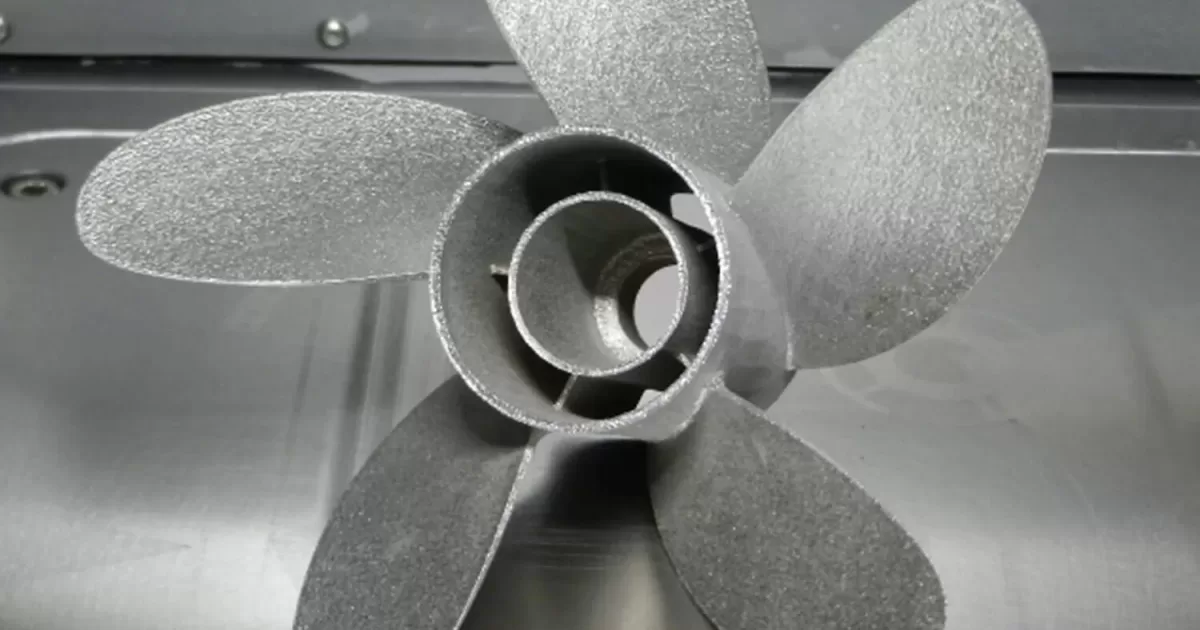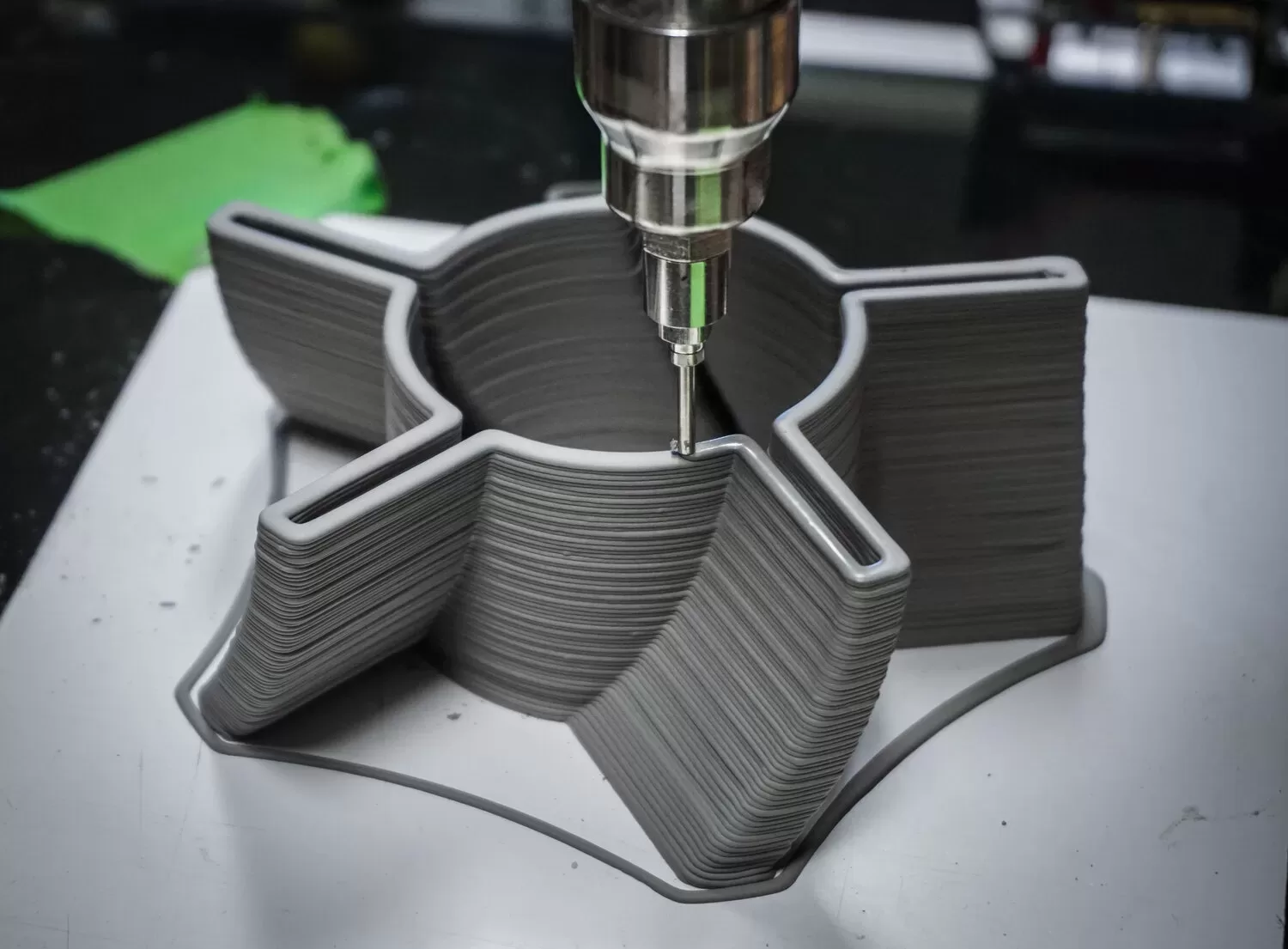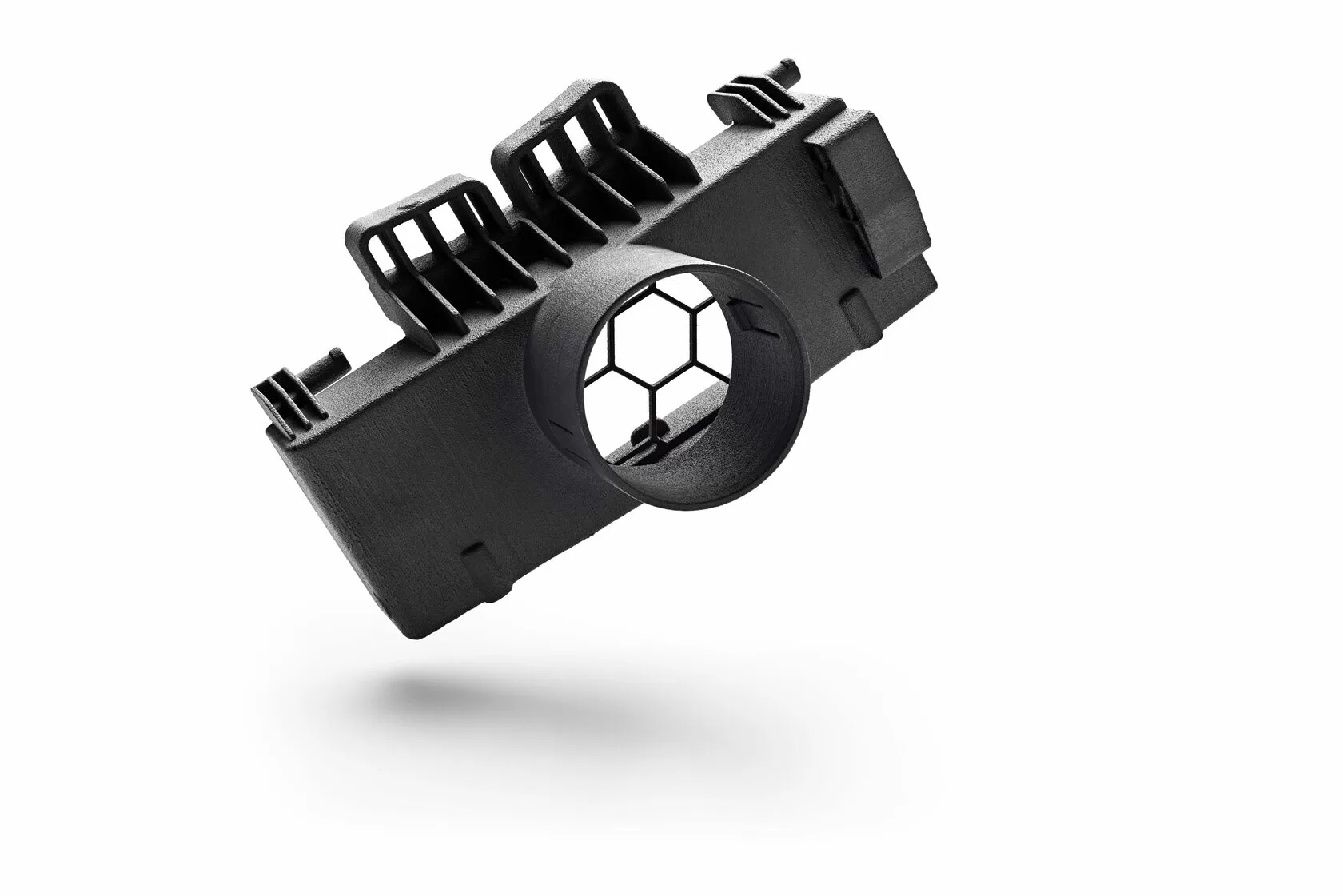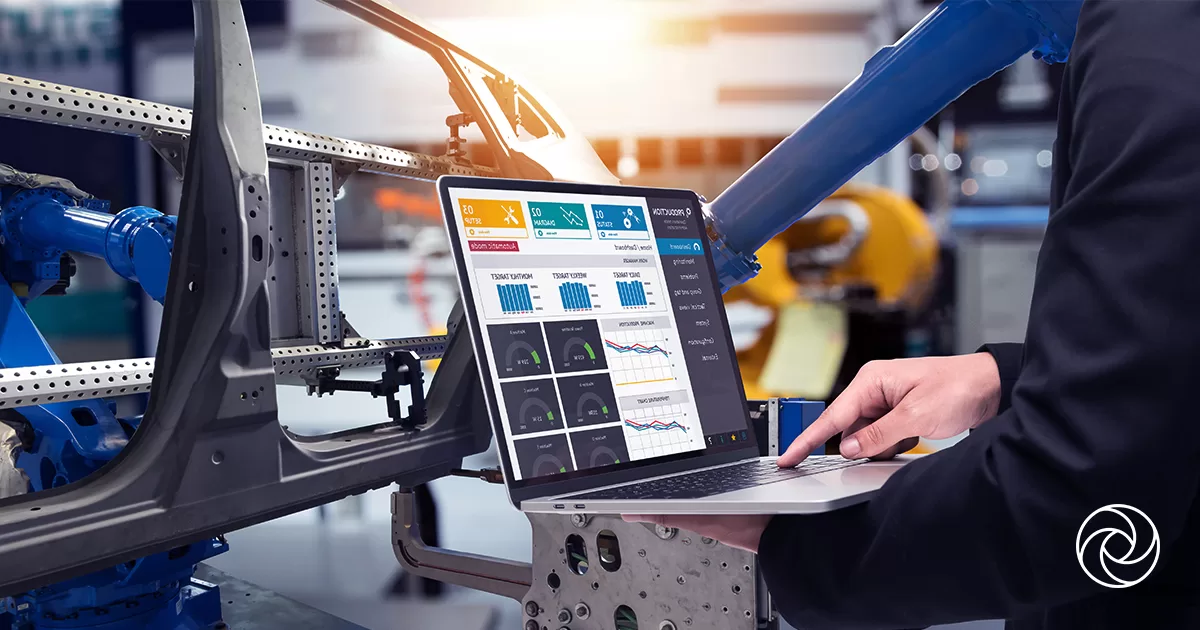To achieve success in the evolving realm of additive manufacturing, maximizing productivity and maintaining organization are crucial in SLM (Selective Laser Melting) 3D printing. This blog post investigates effective strategies and tools for boosting productivity and organization within your SLM 3D printing workflow. Discover how to unlock the secrets of productivity in SLM 3D printing!
1、Streamline Design and Preprocessing
Efficiency begins with simplifying the design and preprocessing stages. Implement CAD software that integrates seamlessly with SLM 3D printing systems, facilitating optimal design choices and swift support structure generation. To save time and reduce errors, automate or streamline file preparation, orientation optimization, and support generation.
2、Establish Clear Workflow and Documentation
Maintaining a clear workflow and comprehensive documentation is crucial for productivity and organization. Establish a standardized process for each stage of the SLM 3D printing workflow, ranging from design and preprocessing to printing, post-processing, and quality control. Accurately document each step, including parameters, settings, and any deviations from the standard procedure. This guarantees consistency and eases troubleshooting in the event of issues.
3、Utilize Project Management Software
Effective project management software can significantly boost productivity and streamline organisation in SLM 3D printing. Select a solution that enables you to monitor project progress, establish milestones, allocate tasks, and effectively collaborate with your team. This approach ensures alignment, timely project completion, and minimises the possibility of errors or omissions.
4、Optimize Production Scheduling
Efficient production scheduling is vital to maximize throughput and minimize downtime in SLM 3D printing. Consider factors such as print time, material availability, machine capacity, and post-processing requirements when scheduling jobs. Implement a scheduling system that optimizes the use of available resources, reduces idle time, and allows for efficient batch printing.
5、Implement Inventory Management
Effective inventory management is key to staying organized and productive in SLM 3D printing. Maintain an accurate inventory of raw materials, consumables, and spare parts. Implement a system that tracks stock levels, alerts when materials need replenishment, and ensures proper storage conditions. This minimizes disruptions due to material shortages and avoids unnecessary delays.
6、Maintenance and calibration
Consistent and high-quality 3D printing requires regular upkeep and calibration of SLM equipment. It is essential to create a maintenance schedule and perform routine inspections, cleaning, and calibration tasks in accordance with the manufacturer's guidelines. This helps to prevent unexpected breakdowns, reduce downtime and extend the equipment's lifespan.
7、Ongoing skills training and development
Investing in ongoing learning and skills development is key to long-term productivity in SLM 3D printing. Keep yourself up-to-date with the latest advancements, attend training programmes, and take part in industry conferences and workshops. Doing so will allow you to utilise new techniques, improve processes, and remain ahead of the curve in this rapidly evolving field.
8、Quality Control and Process Optimisation
It is essential to implement robust quality control measures and optimisation techniques to enhance productivity and organisation. Monitor and analyse print success rate, accuracy, and material utilisation, among other key performance indicators (KPIs). Use statistical process control (SPC) tools to identify areas for improvement and reduce variability to optimise SLM 3D printing processes.
9、Collaborate and share knowledge
Promote collaboration and knowledge sharing amongst SLM 3D printing team members. Organize frequent meetings, brainstorming sessions, and cross-training initiatives to develop a culture of ongoing enhancement, encouraging the exchange of ideas, and best practices. Organize frequent meetings, brainstorming sessions, and cross-training initiatives to develop a culture of ongoing enhancement, encouraging the exchange of ideas, and best practices. Organize frequent meetings, brainstorming sessions, and cross-training initiatives to develop a culture of ongoing enhancement, encouraging the exchange of ideas, and best practices. Collective expertise will lead to increased productivity.
10、Automation and Integration are essential
Automate wherever you can to simplify the SLM 3D printing process. Investigate software solutions that streamline recurring tasks, integrate with complementary systems (e.g. inventory management or ERP software), and facilitate smooth data transfer between various stages of the process. This diminishes the possibility of human error, minimizes time wastage, and bolsters productivity.
Conclusion
Maximising efficiency and achieving success in additive manufacturing relies on productivity and organisation in SLM 3D printing. To achieve this, streamline processes, utilise project management tools, optimise scheduling, and invest in continuous learning. These strategies and tools will allow you to unlock the secrets to productivity and organisation in SLM 3D printing and elevate your operations to new heights. These strategies and tools will allow you to unlock the secrets to productivity and organisation in SLM 3D printing and elevate your operations to new heights.





